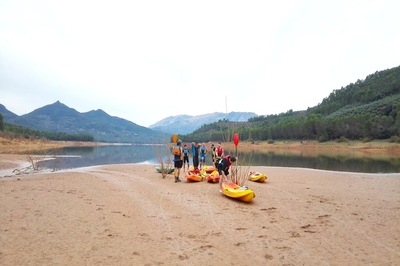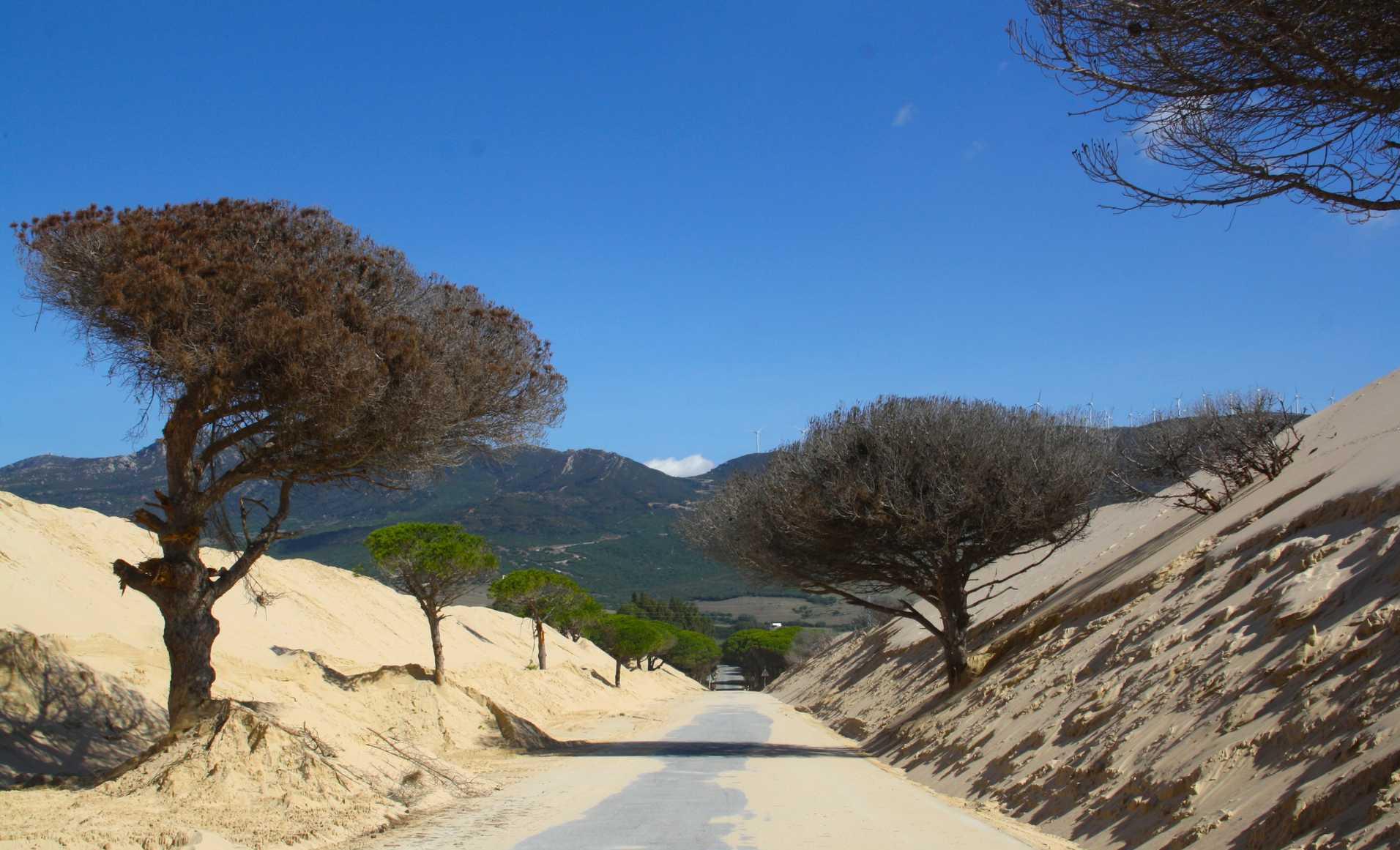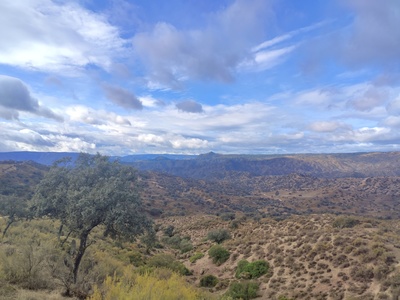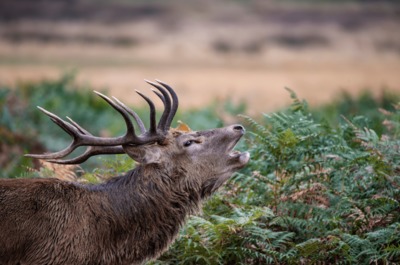Sierra Morena, lynx territory
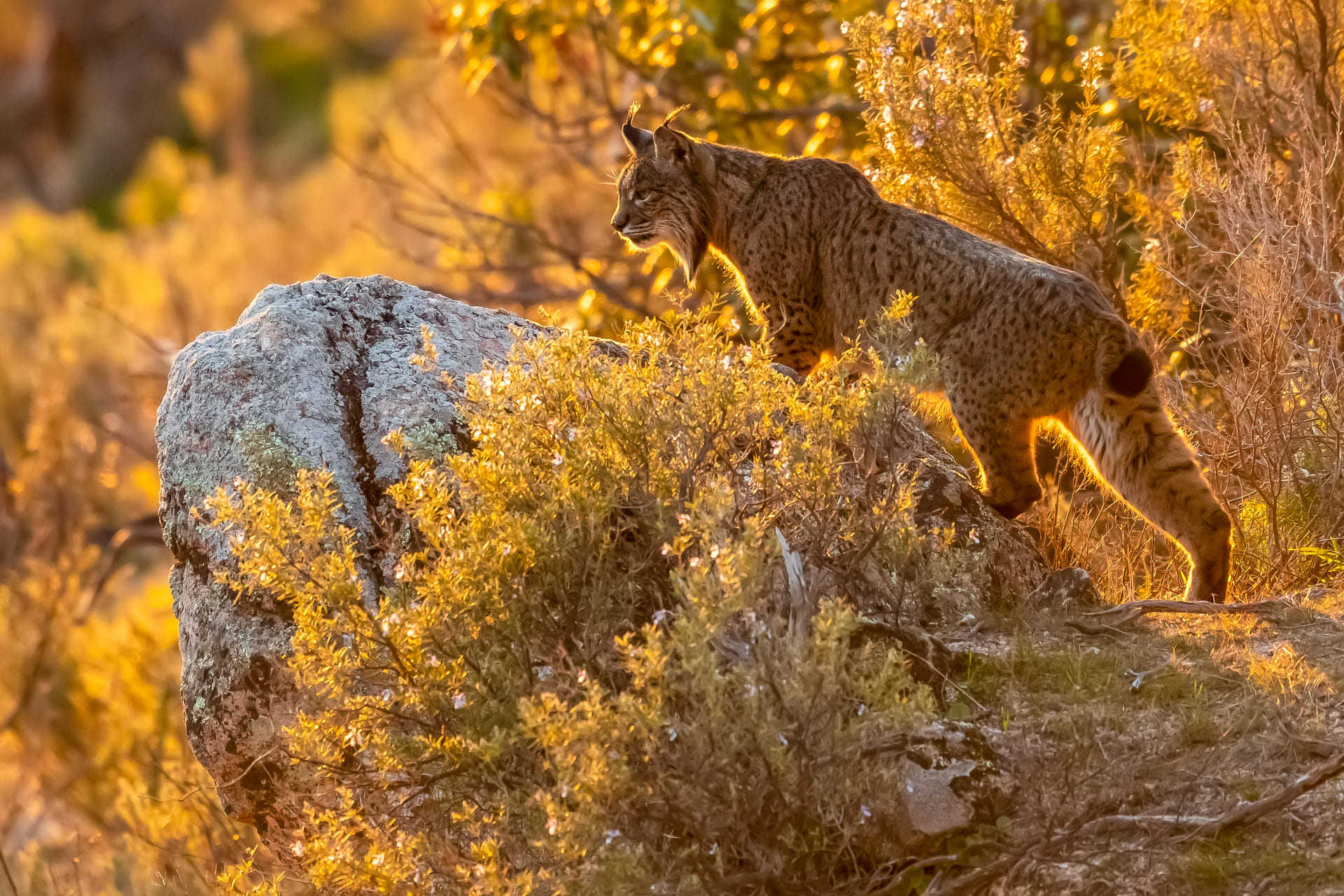
The best populations of Iberian lynx, Europe's big cat, can be found in the Andalusian Sierra Morena. It was declared an endangered species in 1986 and critically endangered in 2002, due to its reduced presence throughout the Iberian peninsular. But as a result of the enormous efforts being made for their protection and recovery in our Community, there has been a significant increaser in the number of individuals, as well as their dispersion and home ranges.
The Nature Reserves of Andújar and Despeñaperros, in the province of Jaén, and Cardeña-Montoro, in the province of Córdoba, are essential refuges for the protection of this great Mediterranean feline. There are installations and routes, where with a bit of luck, you may get to observe them.
Visitors from all over the world travel to these towns just to see this elusive animal in its natural habitat, as well as observing other species such as the large birds of prey that fly over the area, significant number of ungulates and the elusive otter.
It has been acknowledged as the most endangered feline species in the world, just a couple of decades ago the population did not exceed a hundred specimens and was at risk of total extinction. There are currently more than 1,000 individuals, most of them reported in Andalusia and with a distribution that now includes areas bordering the original ones, such as the Guarrizas basin and the Upper Guadiato, without forgetting its presence in Doñana.
When the sun sets, the lynx comes to life
As all twilight predators, the lynx leaves its refuge to hunt when night falls, moving around cautiously and silently, so it is rather complicated to see it in action. The Iberian Lynx Visitor Centre in Andújar and the La Olivilla Breeding Centre in Santa Elena, are good options for a sighting.
The former is an essential visit if you are looking to learn about aspects related to the biology, ecology and behaviour of the Iberian lynx. The latter includes installations that have been enabled for the reproduction of the species, has a neighbouring facility in the Llano de las Americas Visitor Centre (Santa Elena) with a room where you can observe the activity of the different specimens in real time.



